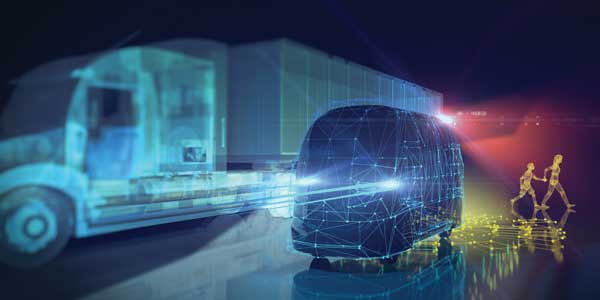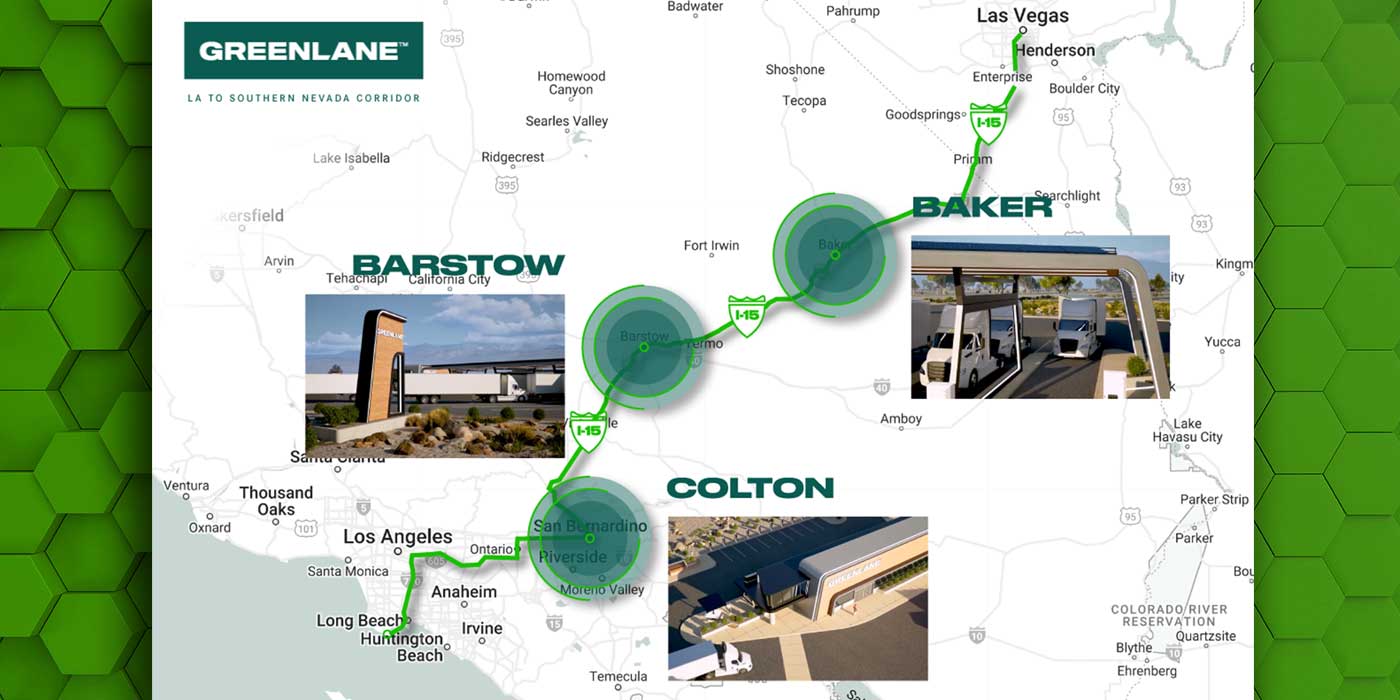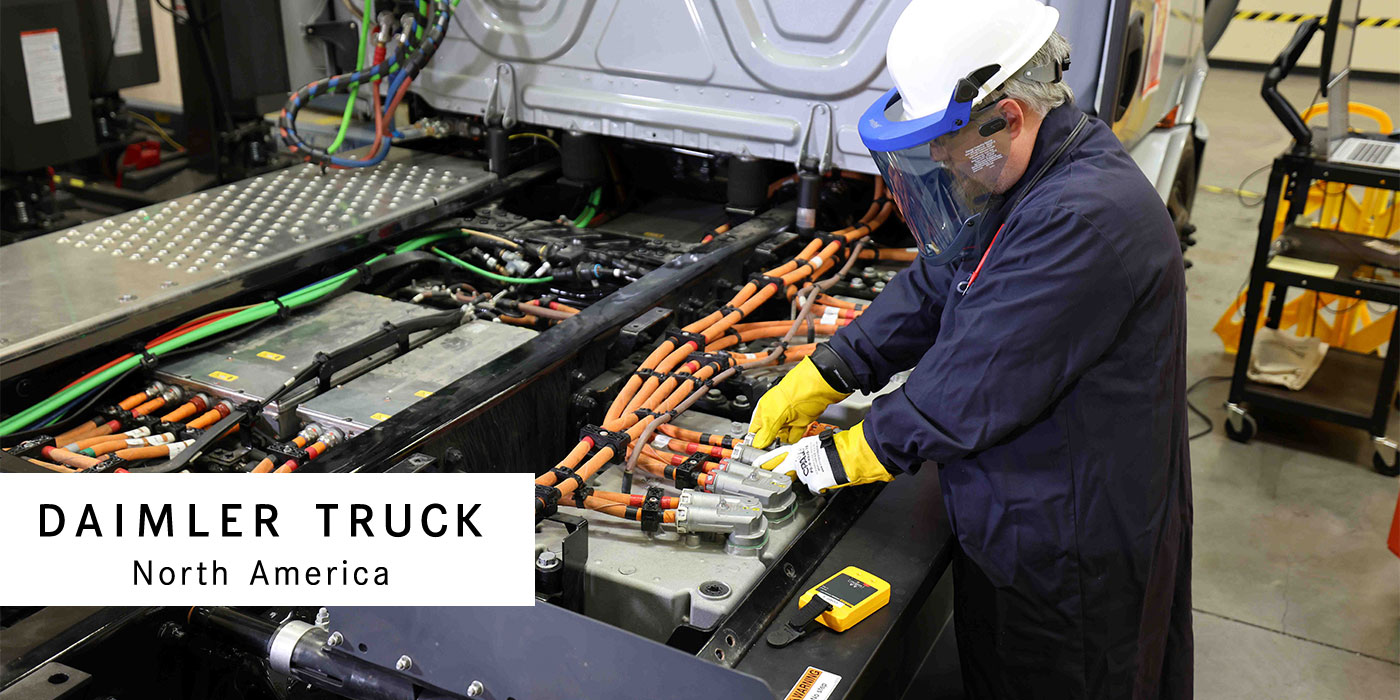The future (of trucking) is not what we think it will be… but it’s pretty close. Consider science-fiction writer Isaac Asimov’s seminal Foundation. In the early 1950s, Asimov envisioned a world in which human behavior was mathematically deconstructed and a printed encyclopedia contained all of humanity’s knowledge. Today, we can draw parallels within our trucking world—years of historic truck telematics data is giving rise to equipment behavior profiles, leading the charge into predictive maintenance. But when is the last time you cracked open an encyclopedia?
As truck equipment continually moves toward increasingly automated systems in the form of collision mitigation or the soon-to-be-in-your-trucks lane keeping assist, some may assume that it’s a move toward driverless trucks. Especially since the American Transportation Research Institute recently decreed that the driver shortage is the top-ranked issue within the North American trucking industry.
It’s time to honestly ask the question: Is trucking’s future a driverless one?
“Not in our lifetimes.” That was the definitive stance taken by Daimler Trucks North America’s President and Chief Executive Officer Roger Nielsen.
“The driver does more than steer, brake and accelerate,” Nielsen continued. “The driver provides a service to the shipper and fleet—for example, the driver perform pre- and post-trip inspections.”
From where Nielsen sits, the driver is a necessary part of trucking’s today and tomorrow. Consider platooning—a technology that could be on the road as soon as next year. Nielsen stressed that active lane keeping assist systems are necessary to make platooning viable, but it’s a level of assistance that requires a driver’s hands to be on the steering wheel. These systems engage and support the driver to maintain the truck’s lane when the second truck trails the lead truck at a mere 45 ft., as opposed to taking the work out of his or her hands (literally in this case).
Let’s follow Nielsen down this road and agree that the driver is here to stay. There is a more interesting question that bubbles to the surface: What is the value of a professionally trained person behind the wheel?
Sure, the driver performs a service to your fleet and your customers in the form of operating your trucks efficiently and meeting delivery and logistical demands. Yet, a driver’s value goes beyond that. Nielsen deconstructed a typical driving scene:
A truck pulls up to a four-way stop at the same time as three other vehicles. There is a moment of unspoken interaction that happens between the drivers. Though the written rules of the road are clear on what should happen in that scenario (right of way), drivers often glance over to the other drivers to get a read on them.
Will he wave me through?
Is she going to gun it?
Should I wave her through?
Who was really here first?
These questions rocket through our minds in an instant when we’re on the road. And we feel our way through them with the other drivers on the road—an unspoken interaction that comes as second nature.
Machines can’t access that fleeting feeling. A driverless truck can’t look into the eyes of a hormone-driven sixteen-year-old in a sports car and know that he’s not going to stop at the sign or glance over at the car in the next lane to see that the driver is paying more attention to a glowing screen than the road. Given that the average age of cars on U.S. roads is around 11 years old, vehicles as a whole aren’t going driverless anytime soon. We still need people behind the wheel to react to these situations.
Technology is a tool that enables us to do more. We all have laptops and smartphones that buzz with notifications, emails and to-do lists, but our jobs haven’t gotten any easier. We’re all doing more with less, and so it will go for fleets with technology-infused trucks. Will the driver shortage continue? Probably, at least in the short term. But will truck technology continue to advance to support drivers coming into the industry with less experience to make them more efficient and safer?
That’s an assumption you can count on.













